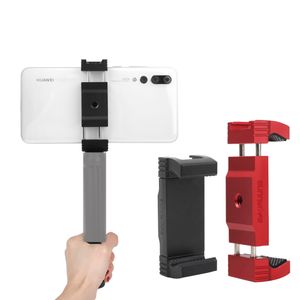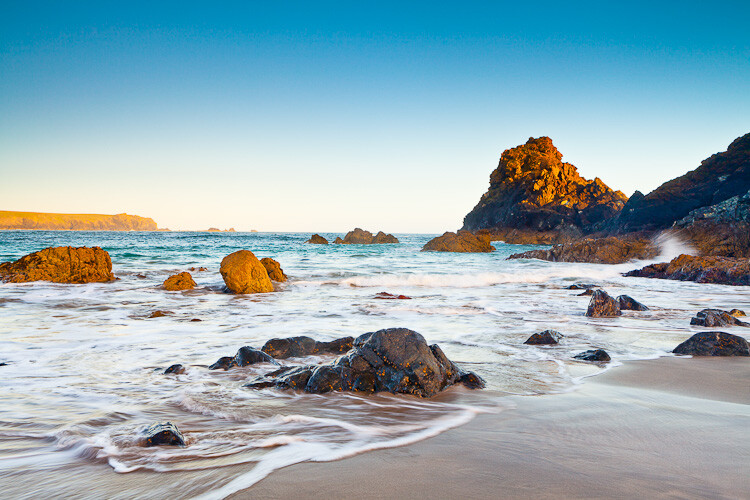How to Plan Your Year in Photography so You Can be More Productive
It’s always good to have a plan. Having a structure to what you do in life leads to success, and this is also the case in photography. In this article, you’ll learn how to focus your attention on the things that will progress your photography. Read on and discover how best to plan your year in photography. It’s a simple process, and you’ll find when you have a plan those unexpected moments that make a great photo occur for you more often as well.

Knowing seasonal flowers bloom can help a lot.
Look back to plan your year in photography
The very first thing you need to be doing ahead of planning your year in photography is to take a look at the past. This will help you in several ways, and these you’ll learn about now.- Avoid mistakes – Reviewing your work to see the things you did wrong means you can plan better for the future.
- Return visit – It’s always good to plan a return visit, perhaps somewhere would look much better in the snow?
- Improvements – Related to eliminating mistakes, but slightly different. In this case, when you learn a new photographic skill, this can be brought into your work.
- Knowledge – Looking through all your work from the previous year will give you a lot of knowledge that you can then use in the planning phase for the upcoming year.

It’s always worth a return visit, and the sun sets in a different position in the sky later in the year.
When is the best season?
One of the most important aspects of planning your year ahead is thinking about photographs that are seasonal. That doesn’t just relate to the changes in the season either. There can be other factors that can either make or break a photo when it’s taken at a specific time.When you plan your year in photography, you’ll need to consider the following factors. Then make a plan to be at the correct location at the right time to take advantage of your planning.
- Seasons – Spring and Autumn are perhaps the most popular seasons to photograph in, with fall leaves, and flower blossoms popular among photographers. Even in the tropics, the change from dry to wet season can have a dramatic impact on the type of photo you can take. Make sure you know when the monsoon season is!
- The sun – Where the sun sets and rises changes throughout the year. This change is most dramatic the further away from the equator you are. Plan your photo so the sun is in exactly the right place within your frame. You can use a program like suncalc to do this. One of the most dramatic examples of this is when the sun shines down the blocks in New York during Manhattanhenge.
- Milky way – As with the sun, the position of the milky way changes through the year. In the northern hemisphere, it begins the year as a pre-dawn photo and ends the year as an early evening photo. More than this, though, you need to think about the moon. The optimum time to photograph the milky way is during the new moon. So, you need to plan month-to-month to photograph the milky way.

Knowing when festivals will be is important.
Which trip will you take?
Unless you’re very lucky, you’ll only be able to plan a few big trips away per year. You may not even be able to do that, but hopefully, you still have time to visit somewhere amazing that’s more local. The big question, however, is where to go, and when?Where should you go?
The location you choose will very much depend on the type of photographer you are. Other factors, like the needs of your family, if this trip is a family vacation, also need to be thought of.If you’re a landscape photographer, then visiting places with incredible landscapes will make a dream trip. That means countries like Iceland, New Zealand, or Vietnam might be top of your list.
On the other hand, if you enjoy street photography, then going to India, and the back streets of somewhere like Calcutta could be for you.
Think about how you want to add to your portfolio, and then plan your trip accordingly.

Festivals offer unique moments that don’t present themselves at other times.
When to go?
Now the next step is planning when to go. Making a trip somewhere is exciting. For some, it’s often once a year, so you’ll want to get this right. What factors will elevate your photography of a particular location above other peoples?- Seasons – Already mentioned, but worth mentioning again. A location can be transformed by fall tree colors. Your time in a location could equally be ruined by a constant monsoon deluge, and perhaps even flooding.
- Festivals – When you choose a place to visit, do an additional search to see if there are any famous festivals. Festivals offer the chance to take photos that only happen during that festival, offering you the chance for more unique photos.
- Tourists – Can you go at a time that avoids crowds of tourists? Admittedly if you’re photographing a festival, you’ll be surrounded by lots of tourists. However, at other times, it’s best to avoid peak times. It’s cheaper to travel, and you’ll have an easier time taking photos without crowds in them.

This photo needed to be taken when high tide coincided with sunrise. Planning is needed for this.
Try something new
Every year it’s worth thinking about learning something new. What new photography technique or post-processing workflow will take your photography to the next level? Do you need to buy a course, or attend a workshop to realize this improvement? Here are just a few ideas you could try, if you haven’t done so already.- Light painting – The world of light painting is huge. Get a tripod, and try out some of the night time fun yourself!
- Infra-red – The easiest way to get started with this is through using an IR filter. If you really love it then convert your camera for specific IR use.
- Lensball – Lensballs have become much more prevalent in recent years. Have you tried this interesting form of photography yet?
- Digital blending – The best post-processing technique to take your landscape photography to the next level.
- Cloning – Get creative and try cloning multiple objects into the same photo.

Cloning yourself into photographs multiple times can be fun.
Make a monthly calendar
Now you know what you want to achieve in your photography, it’s time to lay it all out in an organized way. That means using a calendar, so you can clearly see where things fit in your plan for the year.If you plan to have a project such as the 52-week project, then this would be a great time to lay everything down in terms of what you’re photographing from week to week.
The spring and autumn seasons can be short in terms of peak conditions, so also plan for that when you’ll be out photographing in the best locations.

It’s time to plan your year ahead, and make sure you don’t miss those fall photos!
How will you plan your year in photography?
Whether you’re a generally organized person or not, a plan is always a good idea.How do you go about planning your year in photography? Are there any tips you would share that will help other members of this community?
Perhaps it involves committing to a photography project of some description. Here at digital photography school, we’d love to get your feedback, together with any photos you have taken in the last year or plan to take this year.
Share this article.










 Try this link:https://bit.ly/31Y7Obh
Try this link:https://bit.ly/31Y7Obh
































